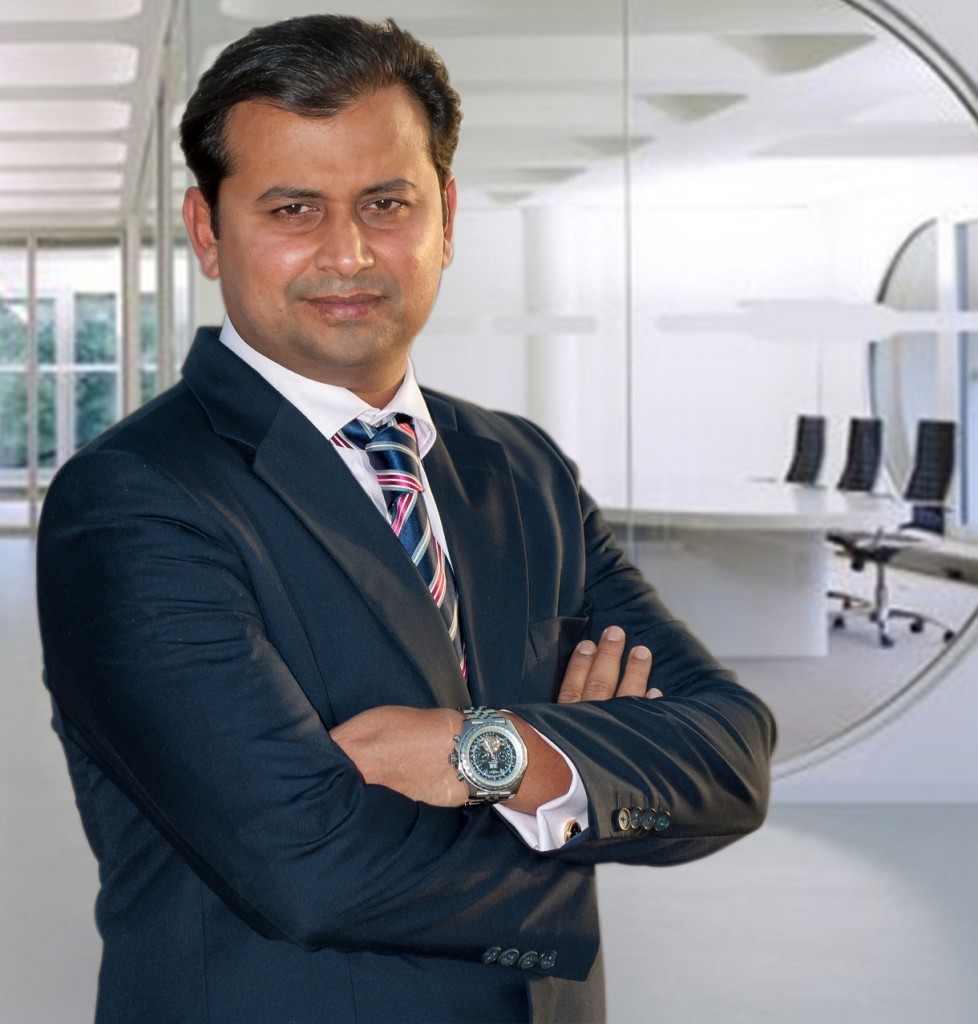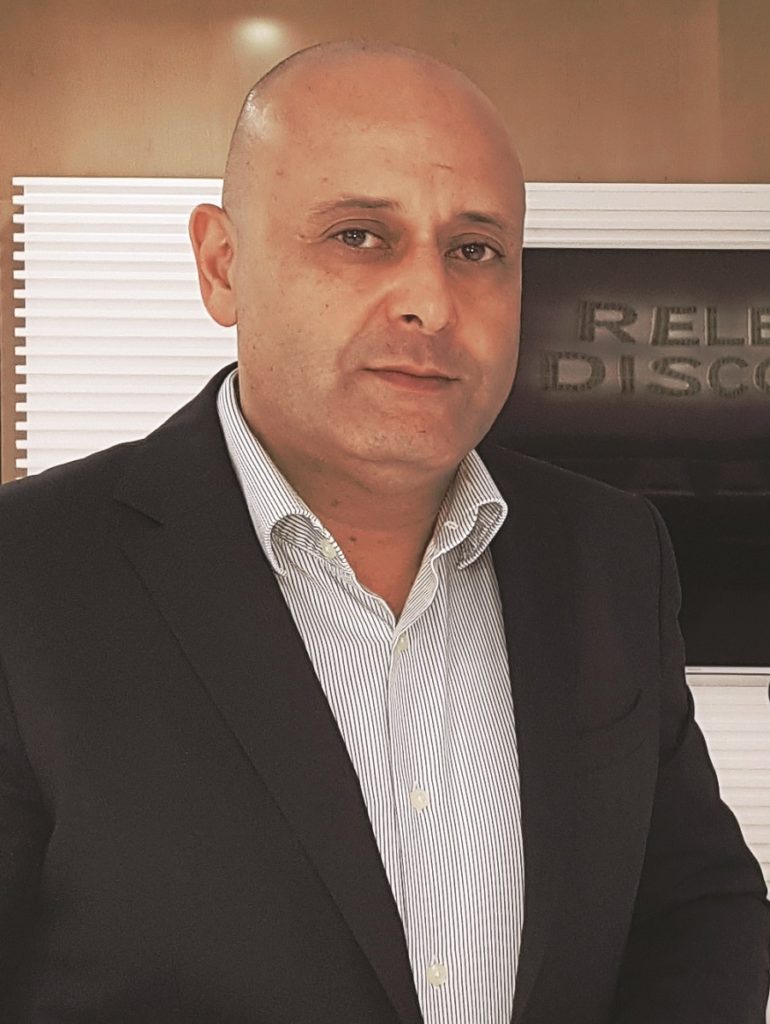Until recently, though weighing heavily in its favour, the jury was still out on VRF technology as a serious contender in the region. That road hump has now been crossed. What has changed the narrative in the short interim? We read the signposts that signal the crossover, and the road ahead.
– With inputs from B Surendar, Editor of Climate Control Middle East
Gazing into the distance, many in the HVAC fraternity had prophesied that VRF technology, despite travelling light, might not make it in the long run. It was seen as a stop-gap arrangement and not a permanent replacement for District Cooling, until the sector – sagging under its own weight and slowed down by recession – would be in the running again. VRF was recession’s baby.
Experts listed VRF’s many virtues, calling it a flexible technology that could minimise efficiency losses, offer lower lifecycle costs compared to conventional cooling systems and, thus, provide a sustainable solution. But (yes, there was always a but) it’s expensive, needs specialised technical personnel to install and maintain, with not many being available in the region and is limited to smaller, low-rise projects – were a few of the drawbacks enumerated.

Syed Jafar Imam
Now that VRFs have become an integral part of the HVAC landscape in the region, the debate is no longer about which cooling approach is best – District Cooling, standalone chilled water systems, split systems/packaged units, air-cooled chillers or VRFs. That has been put to rest with a horses-for-courses approach. Confirming this, Syed Jafar Imam, Deputy General Manager-RLC, Middle East & Africa, at AHI Carrier, says that consultants, contractors and clients are not talking of changing a project earmarked for VRF systems to ducted split systems, as doubts have yielded way to clarity. “The clutter in the mind is out,” he says. “VRF is no longer regarded as a default – that if chillers won’t work, let’s go with VRF.”
So what’s changed?
Citing one of several reasons for the acceptance of VRFs, Syed Imam says: “If we envisaged a blueprint with District Cooling in mind but suddenly learned that the huge development is not happening, then the viability of the whole project would be at stake. There is no such dilemma with VRF, because if you plan 10 floors and do only four floors, you don’t have to change the blueprint. So once designed for VRF, it stays a VRF project.”
Adding another dimension, he says, “The reason people are moving to VRF is the simplicity of it all; there is no huge plantroom involved, like in a District Cooling system.”
VRF systems have the ability to condition multiple zones in a building, each of which may have different cooling needs
Ali El Zein, Head of System AC Division at Samsung Gulf Electronics, credits “strict governmental measures that call for improved energy-saving technologies” for VRFs coming of age. The technology, he says, “was developed keeping sustainability in mind”, and since sustainable regulations in the region are being tightened, the market is diverting towards VRFs among standalone DX systems.
Seconding this, Syed Imam says, “Everyone is talking of energy regulations, whether there is an economic slowdown or not.” Agencies like SASO in Saudi Arabia, ESMA in the UAE, QSAS in Qatar, Kuwait’s Ministry of Energy and Water (MEW) and EWA regulations in Bahrain, he points out, have laid down “minimum efficiency standards” and are “setting the tone for bringing more energy-efficient products” into the region. “Now, if you have to bring more energy-efficient products,” he says, “you have to move from R-22 to R-410A, so splits are more expensive.” Signalling that VRF has been the direct beneficiary of various green initiatives, he adds, “There is a conscious effort from all governments that there has to be low power consumption, and that is driving everyone to VRF.”

Ali El Zain
El Zein underlines, “The technology is advancing faster than ever, going beyond R-22 DX and chillers that we see today.”
In this scenario, the allegation of being an expensive technology no longer holds good, as the VRF market has been growing at a steady pace, bringing the prices down by “15-20% from four or five years ago, owing to critical mass”, says Syed Imam. And, with an increase in the number of projects, he adds, “the gap in price between ducted splits and VRF is shrinking”.
Also, many players vying for a piece of the VRF pie, as against the earlier monopoly market, says Syed Imam, has led to a healthy competition, where “people are able to source the best at a lower price”.
Flexibility, VRF’s proven virtue, is now being seen in a new light. “It is a phase-by-phase installation”, says Syed Imam. “You don’t have to bring 1,000 TR chiller. You can install VRF for two floors alone, if that’s the demand.”
El Zein underscores this, saying: “A major factor accelerating the market is the growing need to meet individual needs within a building. VRF systems have the ability to condition multiple zones in a building, each of which may have different cooling needs.”
The fear that VRF is a high-maintenance proposition demanding expertise with little room for installation errors, has lately been allayed. Syed Imam pointing out that no system is error-proof, gestures towards a growing trained workforce in the region and contractors with knowledge to handle VRFs. He adds that in the last five years, new brands “have done a lot of handholding”, with engineers from big brands offering support for mega projects. “So the comfort level has gone up,” says Syed Imam.
[div class=”text-box text-box-right” style=”background-color: #EE0C3C; color: #FFFFFF; “]
Calling VRF “a big ticket item”, Syed Jafar Imam pegs the UAE VRF market at 4.5% of the HVAC sector. “If you consider only the DX market, VRF enjoys 6.5-7% market penetration in the UAE,” he says. He expects it to go from 4.5 to 6-7%. Saudi Arabia, he says, is at two per cent of the sector, while Qatar has 7-8% VRF market size and is the fastest growing market, because overall, it’s relatively small compared to Saudi Arabia and the UAE.
Ali El Zein says that the commercial and residential segment holds the largest share of the VRF market, with an expected growth of around seven per cent in the GCC region. He adds that BSRIA expects the market to grow at around 11% CAGR between 2013 and 2018, with the biggest growth coming from the UAE and Saudi Arabia. Globally, the major markets for VRFs, he says, are manufacturing hubs China, Japan, South Korea, United States, Europe, Turkey and India.
[end-div]
The high and low of it
The myth that the VRF technology works only for villas, in esoteric projects like those in Dubai South, has been exploded. “Already successful in Europe and Asia, and now growing in significance in the GCC [region], VRF technology is now widely accepted in every application from high-rise residential towers, community villas, school buildings, commercial institutions, warehouses, labour camps and metro stations,” says El Zein.
Syed Imam agrees and adds that VRFs have found favour with contractors in the UAE, Oman, Qatar and Saudi Arabia for high-rise buildings, including apartment blocks like Wasl Properties in Dubai. “Makkah and Madinah are full of hotels, and that is the fastest growing sector, and they are 8 to 10 floors,” he says. He underlines that due to shortage of power and labour, the region has had to go vertical, restricting the space needed for installation of conventional cooling systems. “So, the highest growth for VRF is coming from there,” he says. Citing another instance, a 40-storey building in China with provision for outdoor units, he adds, “They don’t want chilled water systems (District Cooling), because if one chiller goes down, then there’s a problem.” Viewing the issue from a different angle, El Zein says, “Moreover, this [VRF] technology is also beneficial over chilled water systems, where fresh water is not easily available.” Thus, irrespective of their relative merits, the lack of adequate water could be a key factor that might tilt the scales in favour of air-cooled VRFs.
Date with 2020 and 2022
Of late, all market drivers have come to be hypothecated to the region’s two mega events – World EXPO 2020 in Dubai and FIFA 2022 in Qatar, which Syed Imam dubs the “bright spots” expected to propel the economy in general and the infrastructure sector in particular, ushering a surge in all segments after a lull in 2017, which will benefit the VRF market. This prediction doesn’t need any crystal-ball gazing. However, what’s unpredictable is the global fiscal climate, underpinned by sagging oil prices and the slowing down of the economic giant China, raising a spectre of doubt over everything.
VRF is no longer regarded as a default – that if chillers won’t work, let’s go with VRF
Cheaper oil and Chinese whispers
While conceding that there are market pressures engendered by these two factors, leading to “de-growth” pushing companies to indulge in “value engineering” and forcing a price drop, Syed Imam dismisses the fear they could be major threats to the VRF sector. “Overall, oil will not derail or stop VRF projects” is his sanguine opinion. He explains: “If the market is slowing down by 3-5%, and if the market size is only four per cent of that, then [there is] no significant impact, because the VRF market size in the GCC region, in terms of the share of the total size of the HVAC market, is not comparable to other regions around the world.”
El Zein, too, brushes aside the market slump, saying, “In spite of low oil prices hampering the growth of the HVAC industry, we continue to see a growth in adoption of VRF due to its unique benefits, like high efficiency, long life, advance control options, etc.” Adding credence to this, he reveals, “We introduced a new side discharge VRF unit – the DVM S Eco 10HP – in the GCC HVAC market this April.”
There’s, perhaps, more merit to this optimism, for as Syed Imam, who is looking beyond 2020 and 2022, points out that “oil yo-yo” and “Chinese whispers” – as he calls them – notwithstanding, “Qatar is not just chasing 2022, it also has the 2030 Qatar National Vision”. Similarly, there’s the UAE National Agenda, Vision 2021 and Abu Dhabi 2030, with analogous goals countries in the region have set for themselves. Therefore, sustainable growth will continue. However, with sustainability evolving into a key issue in the HVAC sector, the question of whether VRFs can withstand the rigorous energy-efficiency scrutiny is an open-ended one.
Turning the corner
Syed Imam thinks the time for mulling over challenges posed by VRFs is over. The technology has been embraced globally, with, for example, 65% market size in China going the VRF way. “They have made peace with VRF, why not here, then?” he asks. He believes the region needs to be nudged to “move out of the comfort zone” and have a “mindset change”. That demands a big leap of faith.
(Pratibha Umashankar is the Associate Editor of Climate Control Middle East)
Copyright © 2006-2025 - CPI Industry. All rights reserved.